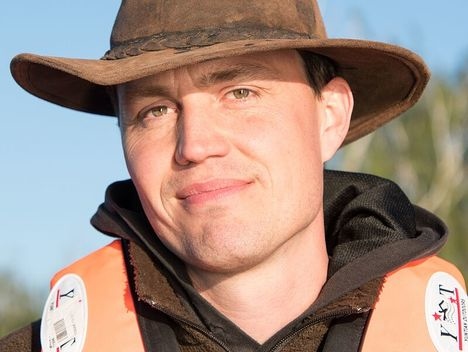Moorlandschaften 2.0 – Was ist das und wie funktionieren sie?
Opening of the lecture series "WETSCAPES2.0" by Professor Dr. Jürgen Kreyling (University of Greifswald)
Moorland landscapes, which are characterized by water-saturated moors, provide important ecosystem services such as carbon storage, flood protection and habitat. For centuries, fens were drained, which led to ecological damage. In order to achieve climate targets, peatlands must be rewetted. However, this creates new types of ecosystems. The Collaborative Research Center WETSCAPES2.0 is investigating these Moorlands 2.0 using an interdisciplinary approach. The aim is to understand the functioning and effects of rewetting. WETSCAPES2.0 uses chronosequences, field observations, experiments and modeling to analyze these new landscapes. In this presentation you will learn how we proceed.
Jürgen Kreyling is Professor of Experimental Plant Ecology at the University of Greifswald. He is spokesperson of the DFG Collaborative Research Center WETSCAPES2.0 and member of the steering committee of the Greifswald Mire Center. He investigates the reaction of ecosystems to global change with the help of experiments on various scales - from controlled laboratory experiments in climate chambers to pot experiments, mesocosm experiments, field experiments and field observations. Current research focuses on belowground plant growth, the role of plant roots for ecosystem functions, phenotypic plasticity and adaptations of species, renaturation and utilization of fens, winter ecology (and climate change in winter), the ecological significance of extreme weather events and experimental design.
Welcome: Professor Dr. Thomas Klinger
Moderation: Professor Dr. Gerald Jurasinski



